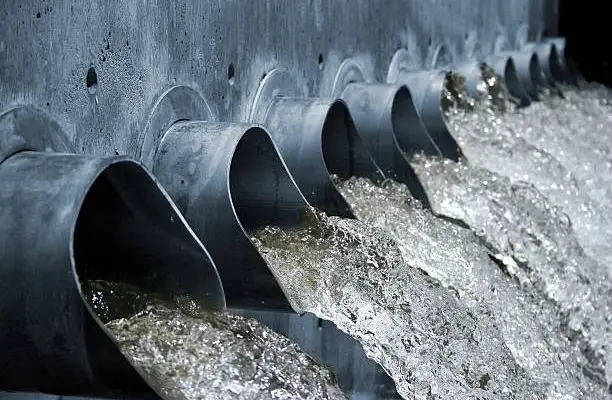Sewage treatment plants are an essential part of our water infrastructure. They work to clean the wastewater that is produced by homes and businesses before releasing it back into the environment. Without these plants, our waterways would be polluted and unsafe for humans and wildlife alike. This blog post will give you a basic understanding of how sewage treatment plants work and what they do to keep our water clean.
Sewage treatment plants are large facilities that use a variety of methods to remove pollutants from wastewater. The first step in the process is to screen the sewage to remove any large objects like sticks or stones. Next, the sewage is fed into a series of tanks where it is mixed with bacteria and other microorganisms. These organisms break down the organic matter in the sewage, which helps to remove harmful toxins and pathogens.
After the sewage has been treated, it is then discharged into a nearby body of water. It is important to note that even though the sewage has been cleaned, it still contains some pollutants that can be harmful to the environment. That’s why it’s important for local authorities to monitor discharge sites and make sure that the treated sewage is not causing any harm.
How do sewage treatment plants work?
Sewage treatment plants are large facilities that use a variety of methods to remove pollutants from wastewater. The first step in the process is to screen the sewage to remove any large objects like sticks or stones. Next, the sewage is fed into a series of tanks where it is mixed with bacteria and other microorganisms. These organisms break down the organic matter in the sewage, which helps to remove harmful toxins and pathogens.
Commercial sewage treatment plants are designed to treat a variety of wastes including:
- Solids
- Oils
- Greases
- Chemicals
The type of treatment process used will depend on the composition of the waste. For example, some commercial sewage treatment plants use anaerobic digestion to break down organic matter. This process takes place in a sealed tank where bacteria are used to decompose the waste. Other commercial sewage treatment plants use chemical processes to remove pollutants.
The benefits of installing a sewage treatment plant
There are many benefits to installing a sewage treatment plant. Perhaps the most obvious benefit is that it helps to protect our environment by cleaning up the water that we discharge back into it. Sewage treatment plants also help to reduce the amount of pollutants that end up in landfills, and they can even be used to generate energy.
If you’re thinking of installing a sewage treatment plant, it’s important to choose a reputable company with experience in this field like OMDI Environmental. They have a team of experts who can help you to choose the right sewage treatment plant for your needs and budget, and offer a comprehensive installation service, so you can rest assured that your new plant will be up and running smoothly in no time.



